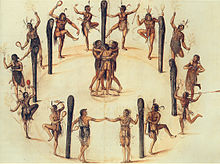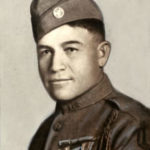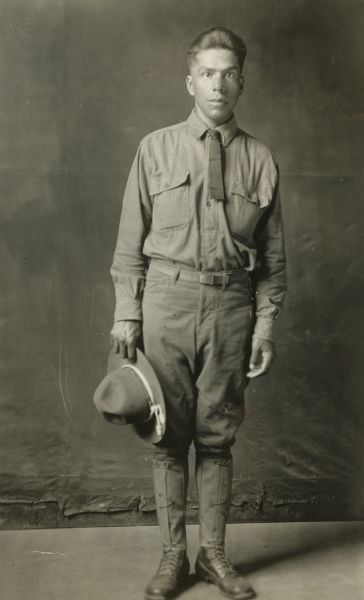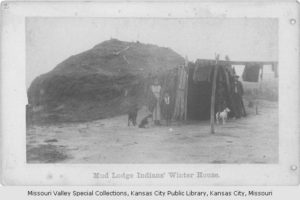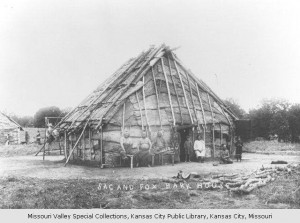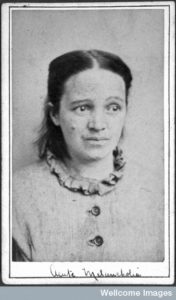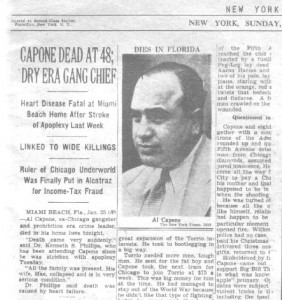White society saw Native American dancing in two ways: immoral and/or depraved, or as perfectly acceptable cultural expression (see last two posts). Native Americans often pointed out that their dances were not as immoral as white dancing, which included close physical contact as well as uninhibited movements. Continue reading
Tag Archives: Pueblo
Native Americans And WWI
Many people are familiar with the military contributions of Native American Code Talkers during WWII, but don’t know about Native American contributions to the Great War. Over 17,000 males registered for the draft, but many other men volunteered to enter the military. Data on these volunteers are not as firm, but perhaps half of all Native Americans who enlisted were volunteers. Proportionally, as many or more Native Americans served in the military as other adult American men. Tribal participation rates varied: Oklahoma tribes entered the military at the highest rates, while Navajo and Pueblo men served at the lowest.*
Students from Indian boarding schools like Carlisle volunteered in great numbers, which may have been due both to their familiarity with the military from their school experience as well as a desire to get away from the boarding school environment. Almost without a voice of dissent, whites in authority over these students–all the way up to commissioner of Indian Affairs, Cato Sells–approved of this massive exodus into the military. They attributed it to the success of the Indian Office’s assimilation policy and patriotism on the part of students. Both these factors may have entered into student decisions to enlist, but a thirst for adventure and an equally powerful hatred of their substandard schools were probably just as contributory. Unfortunately, some of these enthusiastic students were underage, with teachers (as the only adults even able to stand in as pseudo-parents) usually turning a blind eye or actually encouraging enlistment.
*Statistics about Native American participation in the military during WWI are taken from Russel Lawrence Barsh’s “American Indians in the Great War; Ethnohistory 38:3 (Summer, 1991).
______________________________________________________________________________________
Home Sweet Home
Though teepees often represent Native Americans’ homes, they are merely a stereotype. Native American housing actually reflected the land and climate in which various peoples lived, their lifestyles, and the building material available. Earthen lodges (hogans, sod houses) were advantageous in harsh climates because the earth would protect families from severe weather. They were also a good choice in areas without thick trees.
Some tribes established camps that could be quickly dismantled and moved; they relied on structures like teepees and wickiups. Nations that settled in one spot, however, could build sturdier, more permanent structures. The Pueblo Indians in the desert southwest took advantage of easily procured mud and straw to build thick adobe complexes that were meant to last for years.
________________________________________________________
What’s In a Name?
Alienists categorized the various psychiatric problems they saw, just as psychiatrists do today. Some terms can be understood fairly easily by the modern researcher; melancholia meant depression, for instance. Other terms are not quite so readily translated or understood today. Here are a few diagnoses for the patients at Canton Asylum for Insane Indians:
Omudis (Chippewa) – imbecility, demented, “mischeivous” (original spelling)
Red Cloud (Sioux) – dementia praecox (this is known today as schizophrenia)
Cleto Tafoya (Pueblo) – dementia praecox, paranoid type, and dazed religious spells
BlueSky (Chippewa) – circular insanity
Fred Tatsup (Bannock) – galloping paresis (paresis is a partial paralysis due to syphilis; “galloping” means a rapid progression of the condition)
________________________________________________________
